AMD Radeon RX 7600 XT 16GB Review – Featuring the SAPPHIRE PULSE

Double the VRAM, higher clocks, and the 6700 XT
AMD’s latest graphics card is here, though we have seen this GPU before. At the heart of this new Radeon RX 7600 XT lives Navi 33, and both the original RX 7600 and this RX 7600 XT have identical Compute Unit counts (36), and the same 128-bit memory interface. The main difference is, of course, the 16GB of GDDR6 memory, which is double that of the original card.
So, will this card perform exactly like the 8GB version, except in those situations where the original’s VRAM was insufficient? Actually, the GPU clocks are higher with this new XT version, so there should be a noticeable performance boost vs. the original, even in 8GB-friendly situations.
Here’s how the Radeon 7000 Series lineup looks today:
| RX 7600 | RX 7600 XT | RX 7700 XT | RX 7800 XT | RX 7900 XT | RX 7900 XTX | |
|---|---|---|---|---|---|---|
| GPU | Navi 33 | Navi 33 | Navi 32 | Navi 32 | Navi 31 | Navi 31 |
| Architecture | RDNA 3 | RDNA 3 | RDNA 3 | RDNA 3 | RDNA 3 | RDNA 3 |
| CUs | 32 | 32 | 54 | 60 | 84 | 96 |
| Stream Processors | 2048 | 2048 | 3456 | 3840 | 5376 | 6144 |
| Game Clock | 2250 MHz | 2470 MHz | 2171 MHz | 2124 MHz | 2025 MHz | 2269 MHz |
| Boost Clock | 2625 MHz | 2760 MHz | 2544 MHz | 2430 MHz | 2394 MHz | 2499 MHz |
| TMUs | 128 | 128 | 216 | 240 | 336 | 384 |
| ROPs | 64 | 64 | 96 | 96 | 192 | 192 |
| Memory | 8GB GDDR6 | 16GB GDDR6 | 12GB GDDR6 | 16GB GDDR6 | 20GB GDDR6 | 24GB GDDR6 |
| Memory Data Rate | 18 Gbps | 18 Gbps | 18 Gbps | 19.5 Gbps | 20 Gbps | 20 Gbps |
| Memory Interface | 128-bit | 128-bit | 192-bit | 256-bit | 320-bit | 384-bit |
| Memory Bandwidth | 288 GB/s | 288 GB/s | 432 GB/s | 624 GB/s | 800 GB/s | 960 GB/s |
| Infinity Cache (L3) | 32 MB | 32 MB | 48 MB | 64 MB | 80 MB | 96 MB |
| Transistor Count | 13.3 B | 13.3 B | B | B | 58 B | 58 B |
| Die Size | 204 mm^2 | 204 mm^2 | 200 mm^2 + 36.6 mm^2 x4 | 200 mm^2 + 36.6 mm^2 x4 | 306 mm^2 + 37.5 mm^2 x6 | 306 mm^2 + 37.5 mm^2 x5 |
| Process Tech | TSMC 6nm | TSMC 6nm | TSMC 5nm/6nm | TSMC 5nm/6nm | TSMC 5nm/6nm | TSMC 5nm/6nm |
| TBP | 165 W | 190 W | 245 W | 263 W | 315 W | 355 W |
| Launch Price | $269 | $329 | $449 | $499 | $899 | $999 |
Above you might have noticed that identical 32 CU configuration between the two RX 7600’s, with the 7600 XT sporting slightly higher clocks; Game Clock has been raised from 2.25 GHz to 2.47 GHz (a 9.78% increase), and Boost Clock has been raised from (up to) 2.66 GHz to (up to) 2.76 GHz (a 3.76% increase).
The memory is, other than the capacity, identical with both vanilla RX 7600 and the new RX 7600 XT; both cards are outfitted with GDDR6 that has an effective speed of 18 Gbps, and both have a 128-bit memory bus (not to mention the identical 32MB of 2nd Gen Infinity Cache).
It’s worth noting that the relatively minor GPU clock increase – along with the doubled VRAM – has raised the Total Board Power from 165W to 190W, and necessitated a second 8-pin power connector.
The Sapphire PULSE Radeon RX 7600 XT 16GB
Our sample card was provided by Sapphire, and this is one of their PULSE models. In our experience these PULSE cards represent – at a price at or near MSRP – quality construction, a generous heatsink with quiet fans, and an understated aesthetic. This PULSE Radeon RX 7600 XT 16GB carries a list price of $329 USD.
The PULSE Radeon RX 7600 XT 16GB is cooled by a substantial heatsink and a pair of dual ball bearing fans, and the card is slightly thicker than two slots (listed as “2.2 slot”). Card dimensions are 250 mm / 9.84 inches in length, a 129.25 mm / 5.09 inch width (or height, depending on how your card is mounted), and a thickness of 44.56 mm / 1.75 inches.
Features of this Sapphire PULSE design include (via Sapphire):
- Fuse Protection – In order to protect your card, the SAPPHIRE cards have fuse protection built into the circuit of the external PCI-E power connector to keep the components safe.
- Optimized Composite Heatpipe – The composite heatpipes are fine-tuned for each individual cooling design with optimal heat flow, efficiently and evenly spreading out the heat to the entire cooling module.
- Two-Ball Bearing – These feature Dual Ball bearing fans, which have an approximately 85% longer lifespan than sleeve bearings in our tests. The improvements to the fan blades means the solution is up to 10% quieter than the previous generation.
- Tough Metal Backplate – The all-aluminum backplate provides additional rigidity that guarantees nothing bends and dust stays out. It also helps cool your card by increasing heat dissipation.
Some Benchmarks
Today we are revisiting benchmarks from our original Radeon RX 7600 review, which focused on 1080/high workloads. These results were obtained using a “mainstream” gaming testbed, featuring a Core i5-13600K CPU and DDR4 memory – both of which seem appropriate given the affordable nature of the GPUs tested (and the very high cost of our usual X670E-based GPU platform).
| Test Platform | ||||||||
|---|---|---|---|---|---|---|---|---|
| Processor | Intel Core i5-13600K (Stock, 181W Power Limit Enforced) | |||||||
| Motherboard | MSI MPG Z790 EDGE WIFI DDR4 BIOS v1.60, Resizable BAR Enabled |
|||||||
| Memory | 16GB (8GBx2) PNY XLR8 REV DDR4-3600 CL18 | |||||||
| Storage | Samsung 980 1TB NVMe SSD | |||||||
| Power Supply | be quiet! Dark Power Pro 13 850W | |||||||
| CPU Cooler | be quiet! Pure Loop 2 FX 280mm AiO | |||||||
| Operating System | Windows 11 Pro, 22H2 | |||||||
| Drivers | GeForce Game Ready Driver 531.79 Adrenalin 23.4.3-23.10.01.16 Adrenalin xx.x.x (7600 XT Press Driver) |
|||||||
There’s nothing glamorous about gaming at 1080/high, even if it is the target resolution and detail level of many a developer (or so I have heard). As time permits there will be new 2560×1440/high testing, particularly interesting as this card has more than enough VRAM for higher resolutions.
Right off the bat, let’s not only look at the best result I obtained in my limited testing so far, but also a perfect example of how much of an impact this RX 7600 XT’s added VRAM can have:
Far Cry 6 with HD textures enabled is…not kind to graphics cards with insufficient VRAM. The original RX 7600 really struggled here (along with every other 8GB card), and has very poor 1% low framerate. But the RX 7600 XT and its 16GB of memory more than doubles those 1% lows – and has a higher average as well thanks to the increased GPU clock speeds. Outstanding.
Next up is Cyberpunk 2077, run at (you guessed it) 1920×1080 resolution and the “high” preset – with no ray tracing or resolution scaling tech enabled.
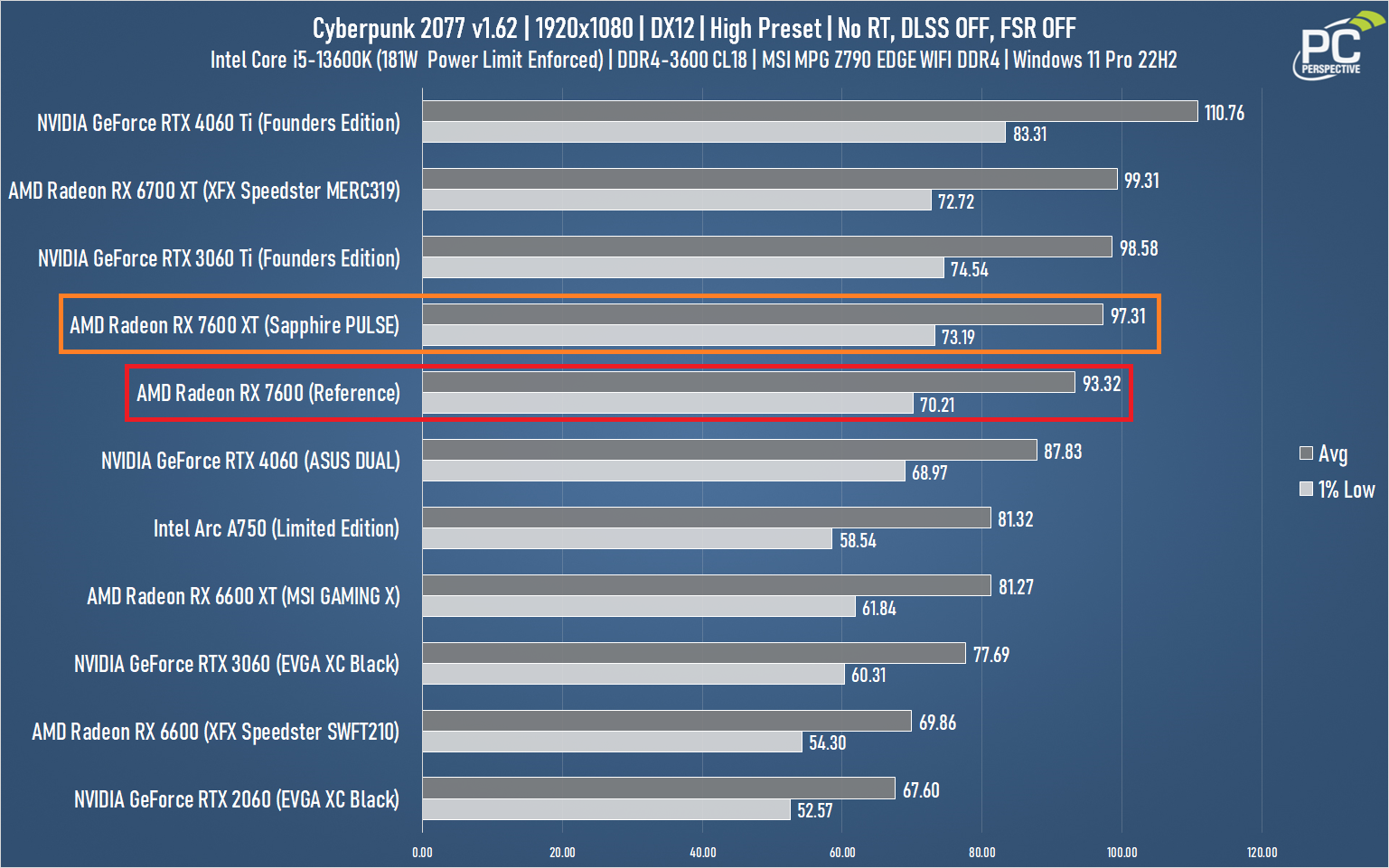
Here things are closer than we saw from Far Cry 6, but Cyberpunk at these settings does not exceed the 8GB of the original Radeon RX 7600. Still, we have another example of the difference a boosted GPU clock can make, which in this case is 4 FPS.
And now we take a trip into the unfriendly territory of games that generally favor NVIDIA GPUs, though the results are odd enough to demand re-testing regardless. We begin with F1 22, run at 1920×1080 and without ray tracing effects (off by default at “high” preset settings):
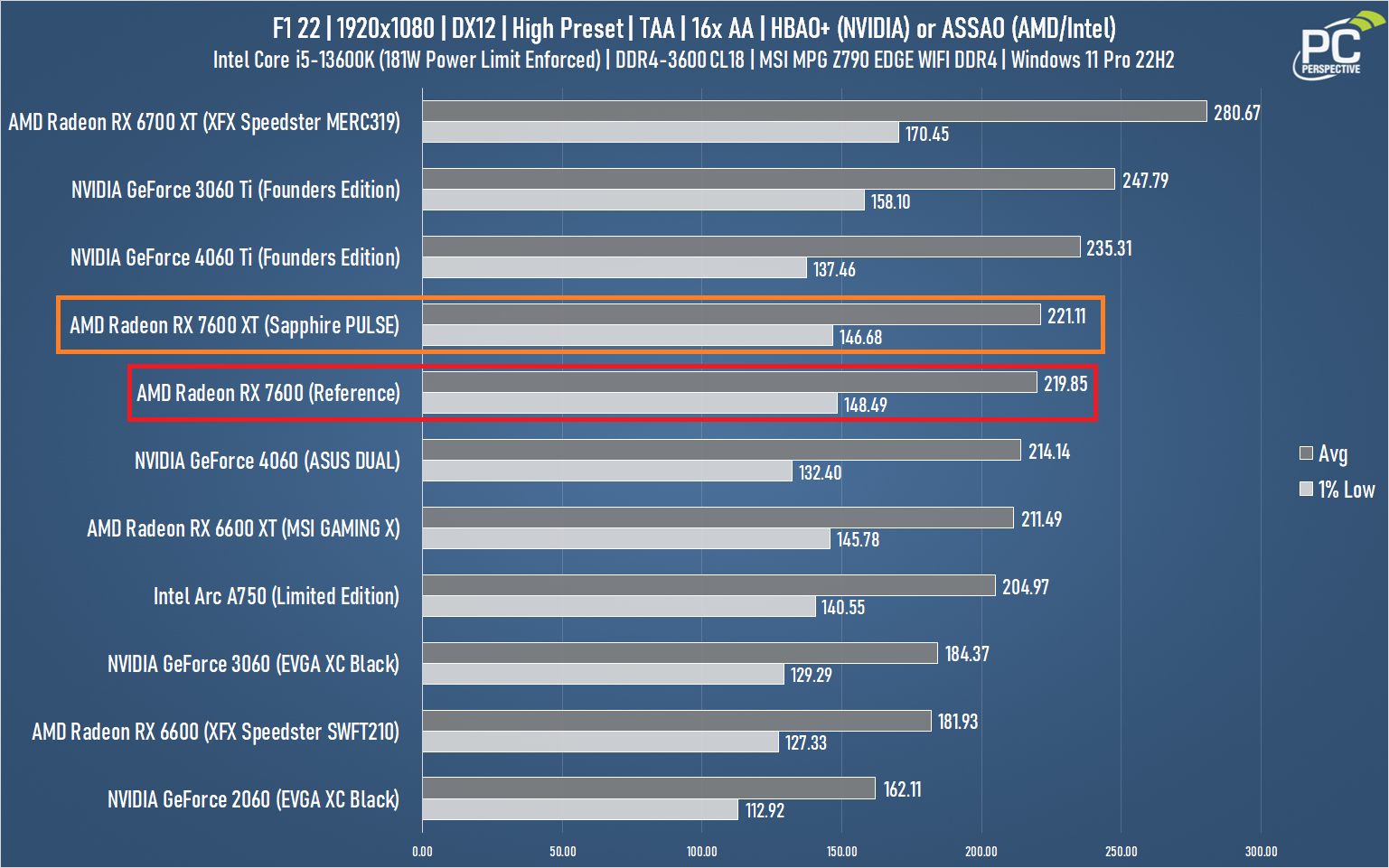
While the nearly 6 FPS advantage seems in keeping with the Cyberpunk result above, with F1 22 at 1080/high the frame rates are so high that the difference is much smaller. Still, we do continue to see an edge with the new card even in situations where VRAM is not a factor.
I wish I could say the same for the next title, which looks so off that I’m going to re-test the RX 7600 with the current driver and see about updating this chart:

Now, it is close enough to call this is tie based on the typical margin of error (the two cards are within 1 FPS of one another), but regardless this Metro Exodus result is confusing – and calls into question the reference RX 7600 result that I re-used here. Actually, I was going to opt for the original (not Enhanced Edition) of Metro Exodus to prevent undue RTX bias – until I saw even more of a regression from my initial Radeon RX 7600 results with the reference card in the OG benchmark after a few runs. Further investigation is required.
For a quick sanity check, eliminating CPU bottleneck possibilities from this Core i5 platform, here’s the demanding 3DMark Speed Way test, a DX12 Ultimate benchmark rendered at 2560×1440:
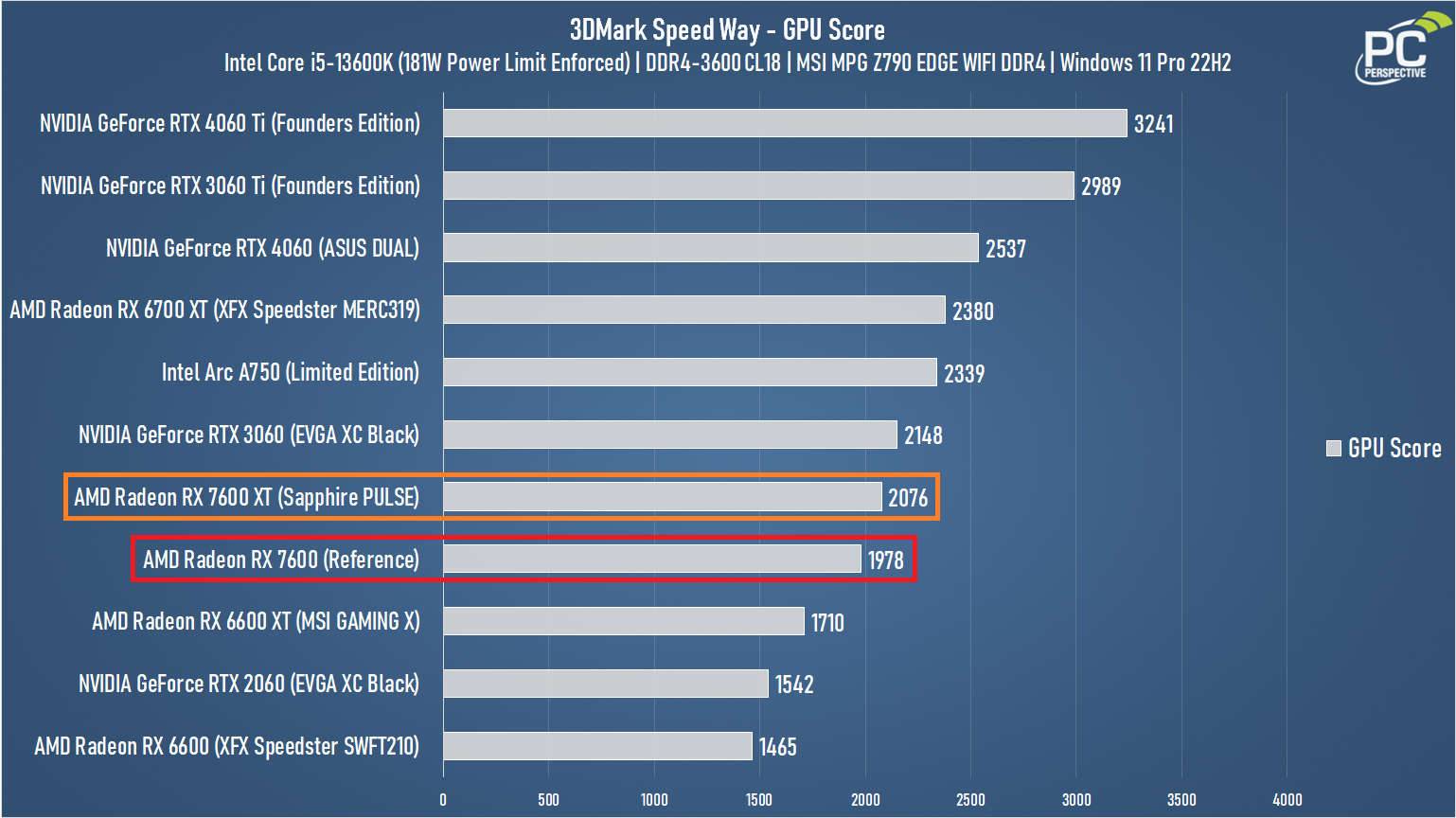
Yep, all things being equal the Radeon RX 7600 XT is the faster GPU when compared to the original, non-XT variant. Obvious, of course. (Why else would this one have “XT” in the name when it could have easily been the “Radeon RX 7600 16GB”?)
Efficiency might play a role, so let’s take a look at total power draw during a run of 3DMark Speed Way:
A significant amount of time was spent in excess of 200 watts (I have 174 such data points in my log file), with many instances of 220+ watts and spikes as high as 231.5 watts. Idle power, on the other hand, was outstanding – under 10 watts until I started 3DMark.
Final Thoughts
This product luanch is a tale of two generations. On the one hand, looking only at the Radeon 7000 Series lineup, the RX 7600 XT is bringing double the VRAM and faster GPU clocks out of the box, all for a mere $60 price bump. What’s not to like? Well, take a look at the Radeon 6000 Series cards still out there, just waiting to be scooped up. You may have noticed a certain RX 6700 XT near the top of the charts, and that graphics card regularly sells for the same $329 USD price that the new RX 7600 XT is launching with…
So, no, I don’t love the proximity to the RX 6700 XT with this launch (new card listings indeed start at $329 USD on Newegg as I write this), as it tarnishes what could have been a very solid update to the Radeon 7000 Series lineup. I need to run some more benchmarks, including higher resolution testing at 2560×1440, but I suspect that the 128-bit memory bus is going to hinder the RX 7600 XT in its battle with the RX 6700 XT in just about every workload.
As always, the market will decide if this $329 price makes sense, or if both the original RX 7600 and this new XT variant will end up dropping just a bit. Or maybe the Radeon RX 6700 XT will sell out and it won’t matter any more.
Review Disclosures
This is what we consider the responsible disclosure of our review policies and procedures.
How Product Was Obtained
The product was provided to us by Sapphire for the purpose of this review.
Company Involvement
Neither Sapphire nor AMD had any control over the content of the review and were not consulted prior to publication.
PC Perspective Compensation
Neither PC Perspective nor any of its staff were paid or compensated in any way by Sapphire nor AMD for this review.
Advertising Disclosure
Neither Sapphire nor AMD have purchased advertising at PC Perspective during the past twelve months.
Affiliate Links
If this article contains affiliate links to online retailers, PC Perspective may receive compensation for purchases through those links.

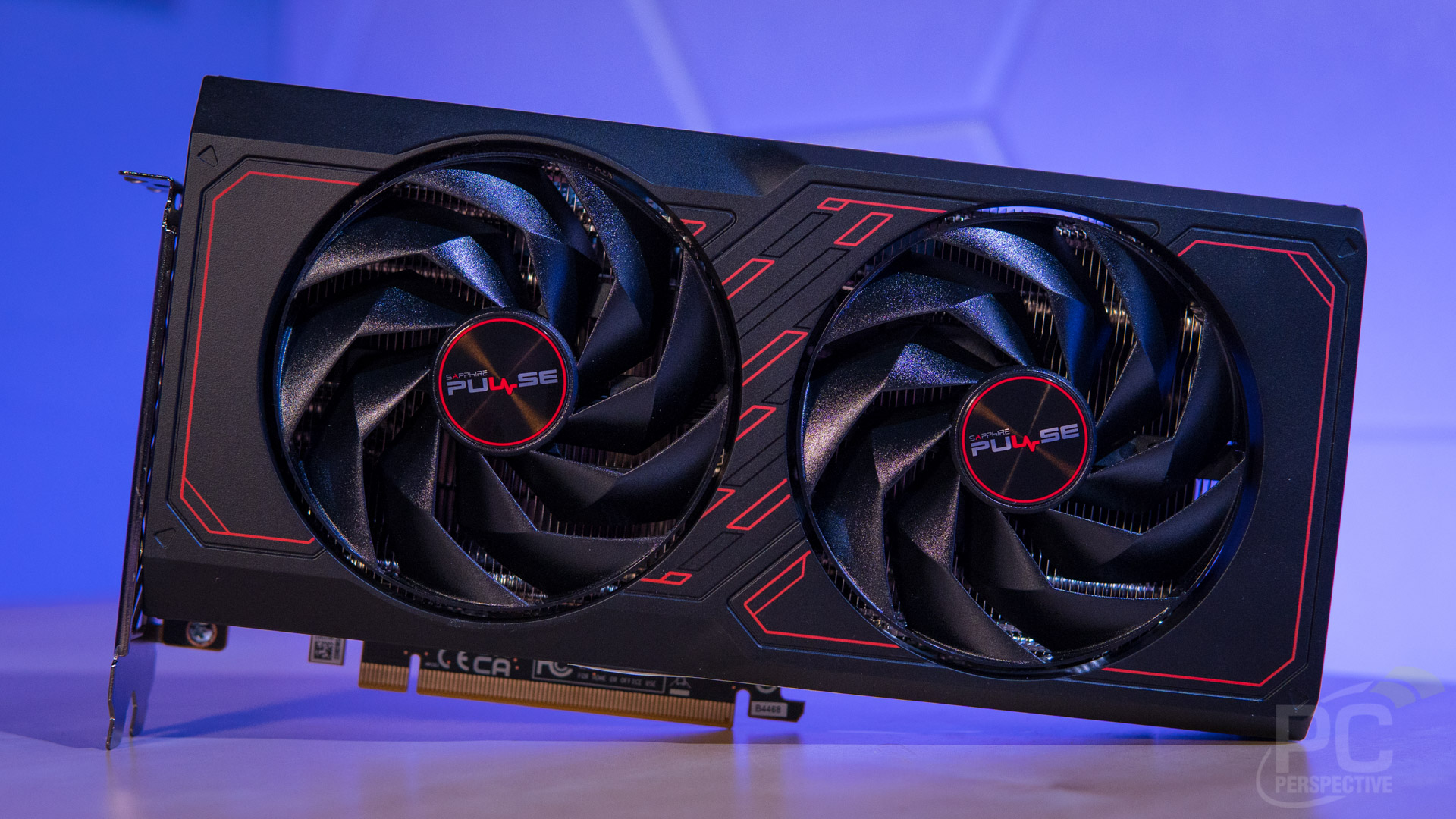
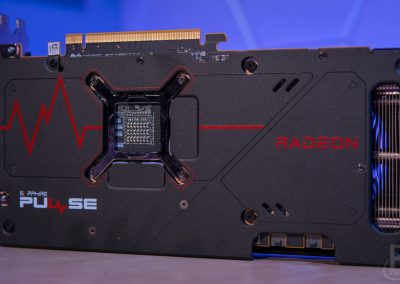
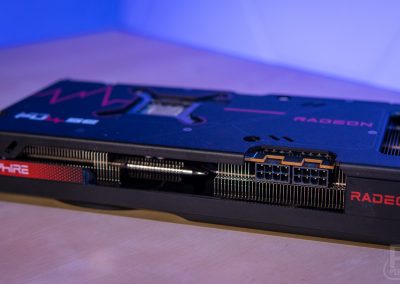
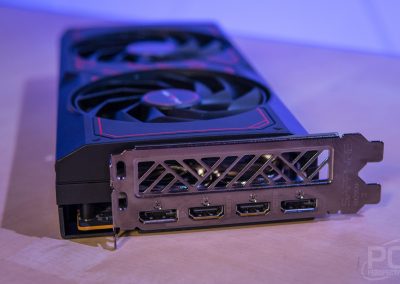
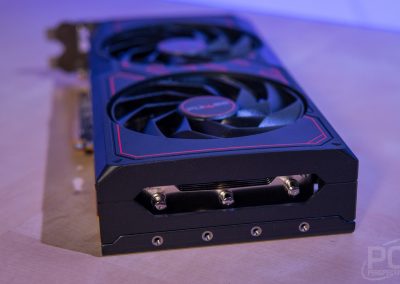
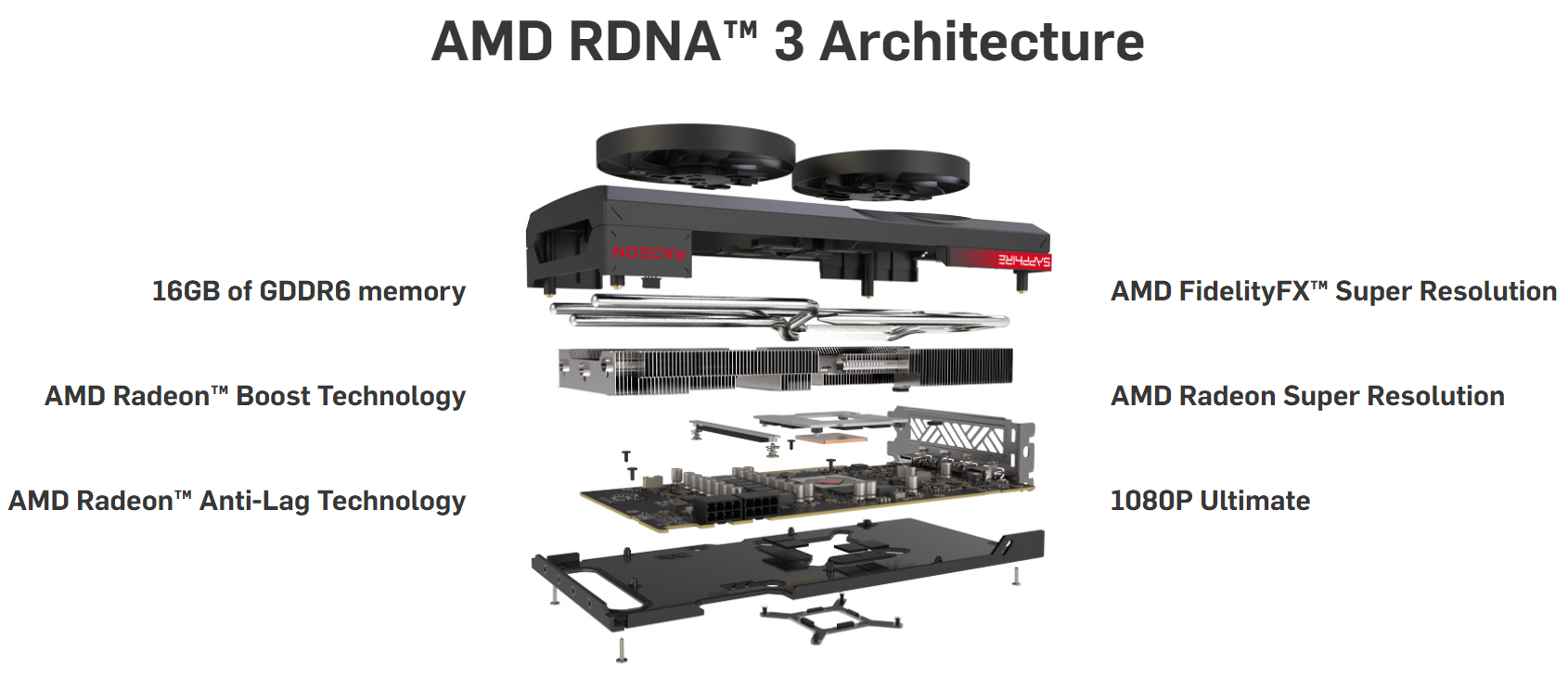
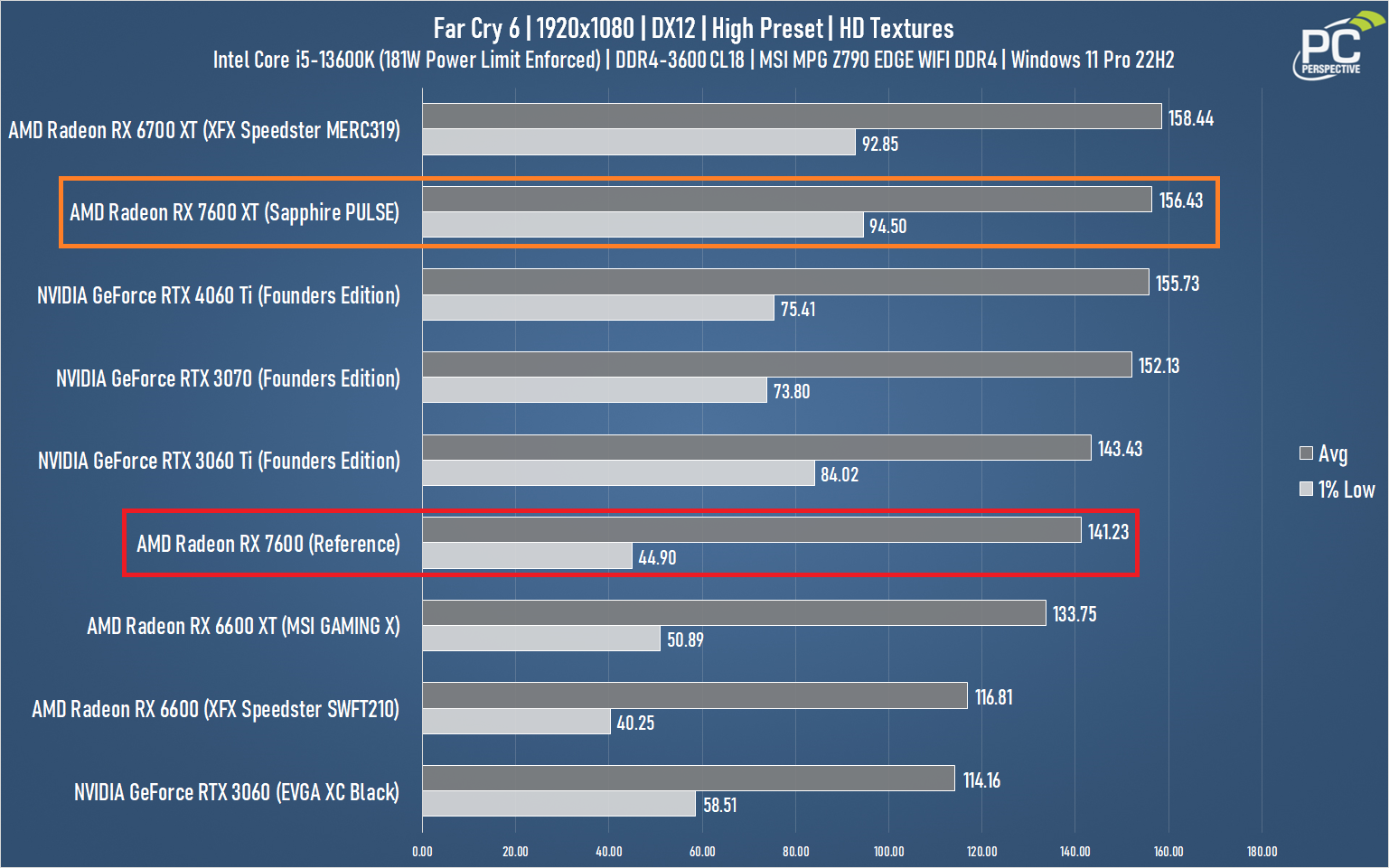
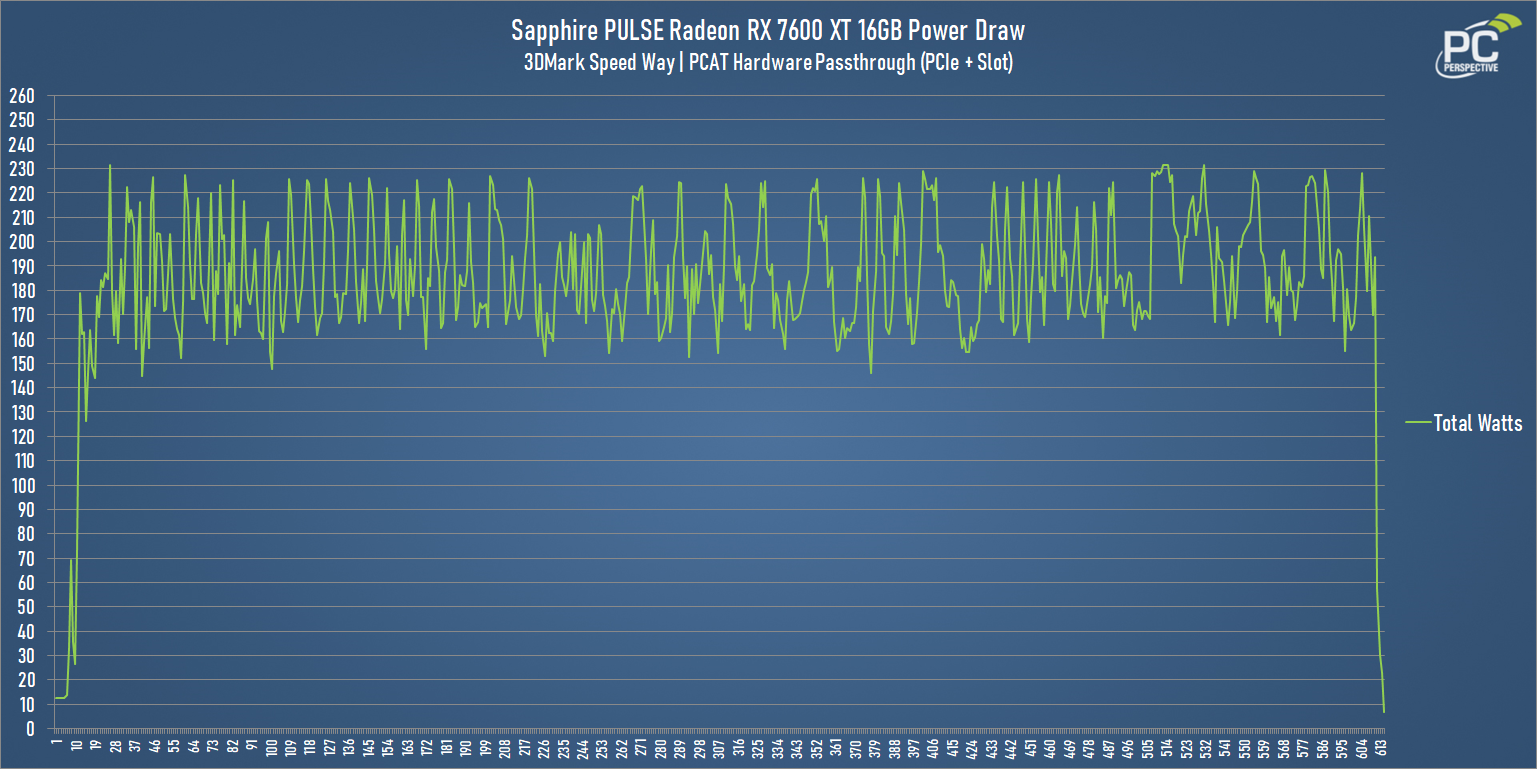
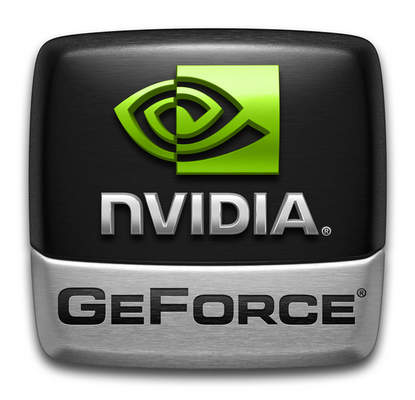
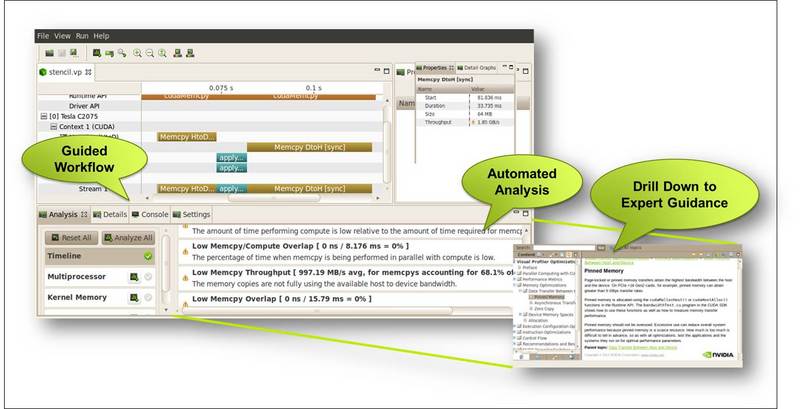
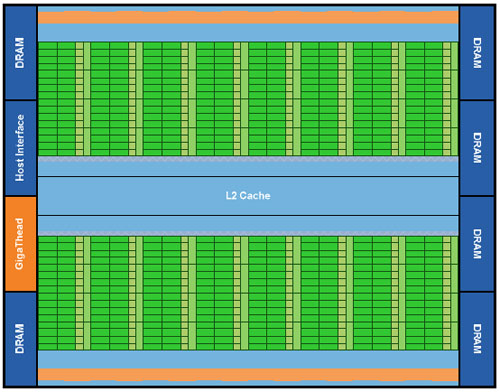
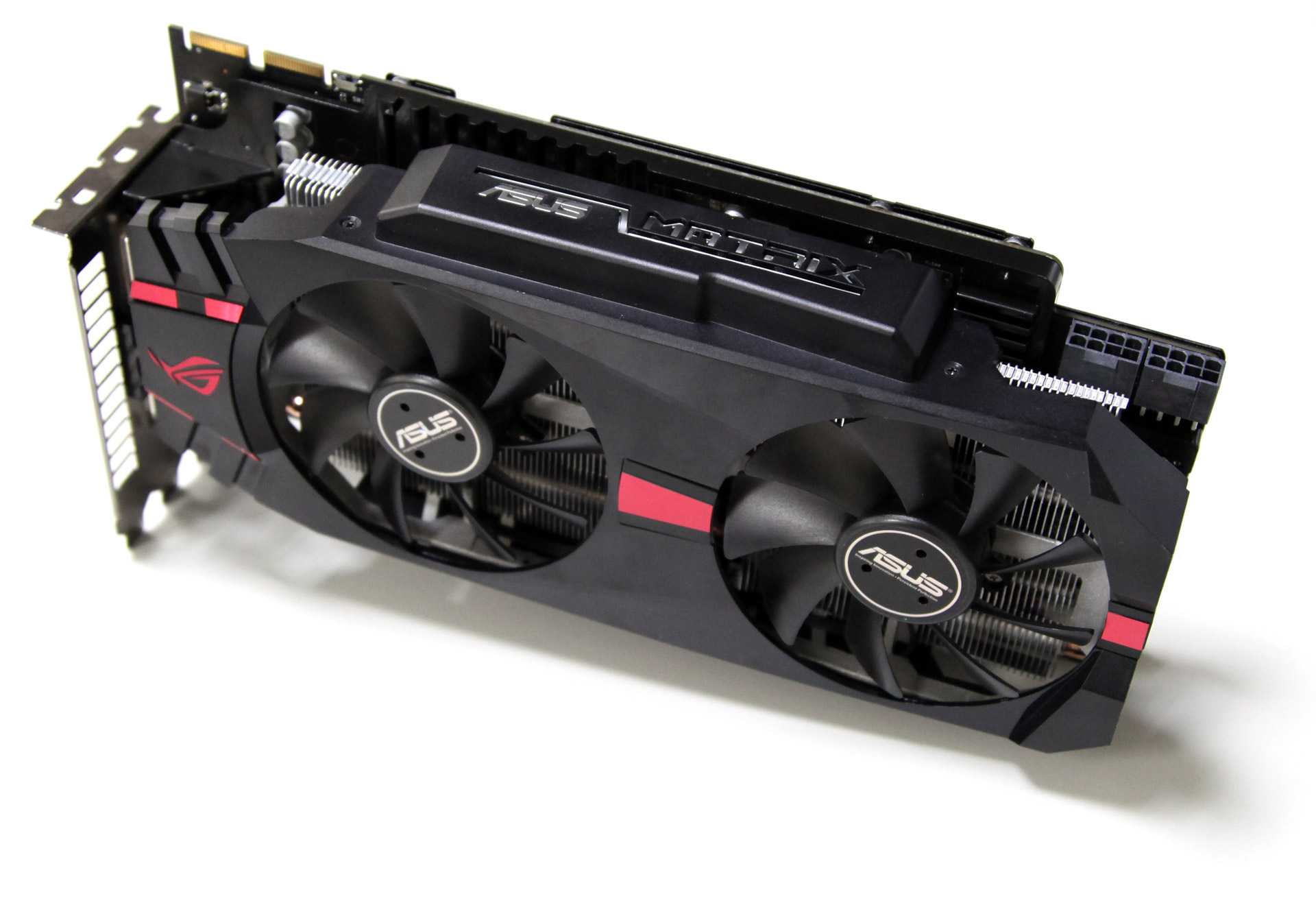


I was really wishing that is card would be more performant at $330. Looks like I am waiting until the 8000 series of video cards get released.